
Illustrators’ Sketchbooks – review – The AOI
[ad_1]
Published by Thames & Hudson ISBN-13: 9780500023303
Review by Derek Brazell
“I use my sketchbooks to experiment and make discoveries” Christopher Corr
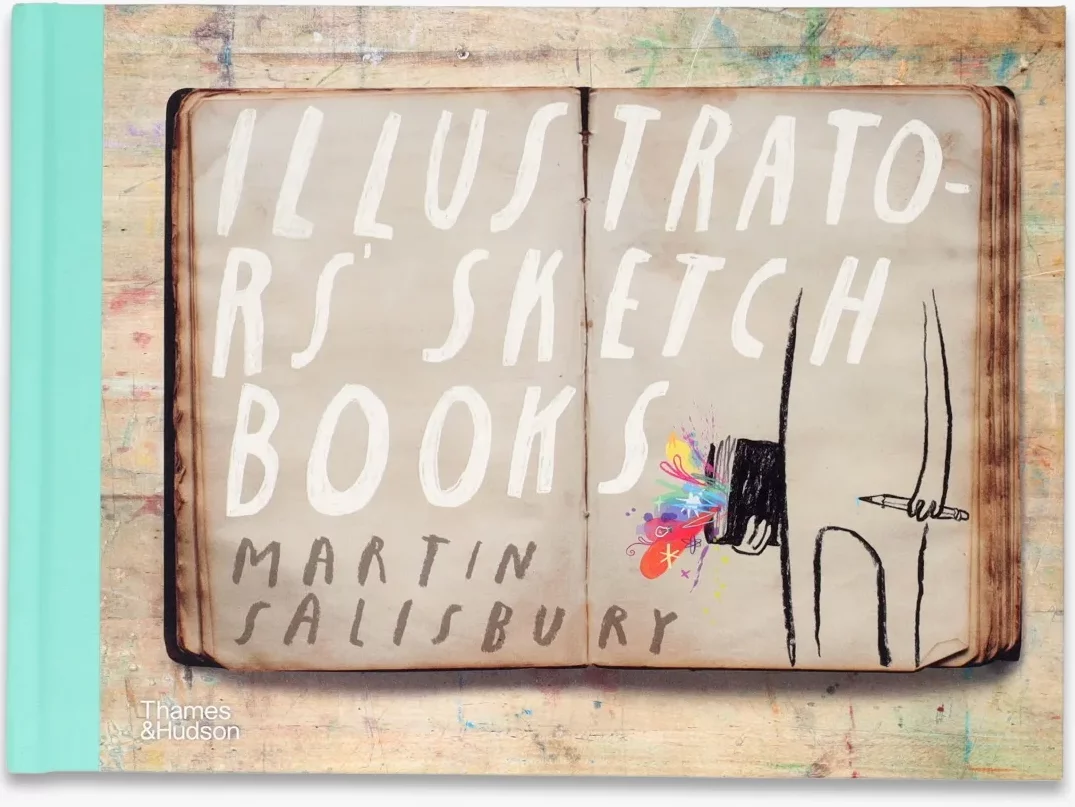
With cover artwork indicating the colourful wealth of content that spills out of many illustrates’ sketch books by AOI Patron, Oliver Jeffers, the new book from Martin Salisbury is quite a feast for the eyes.
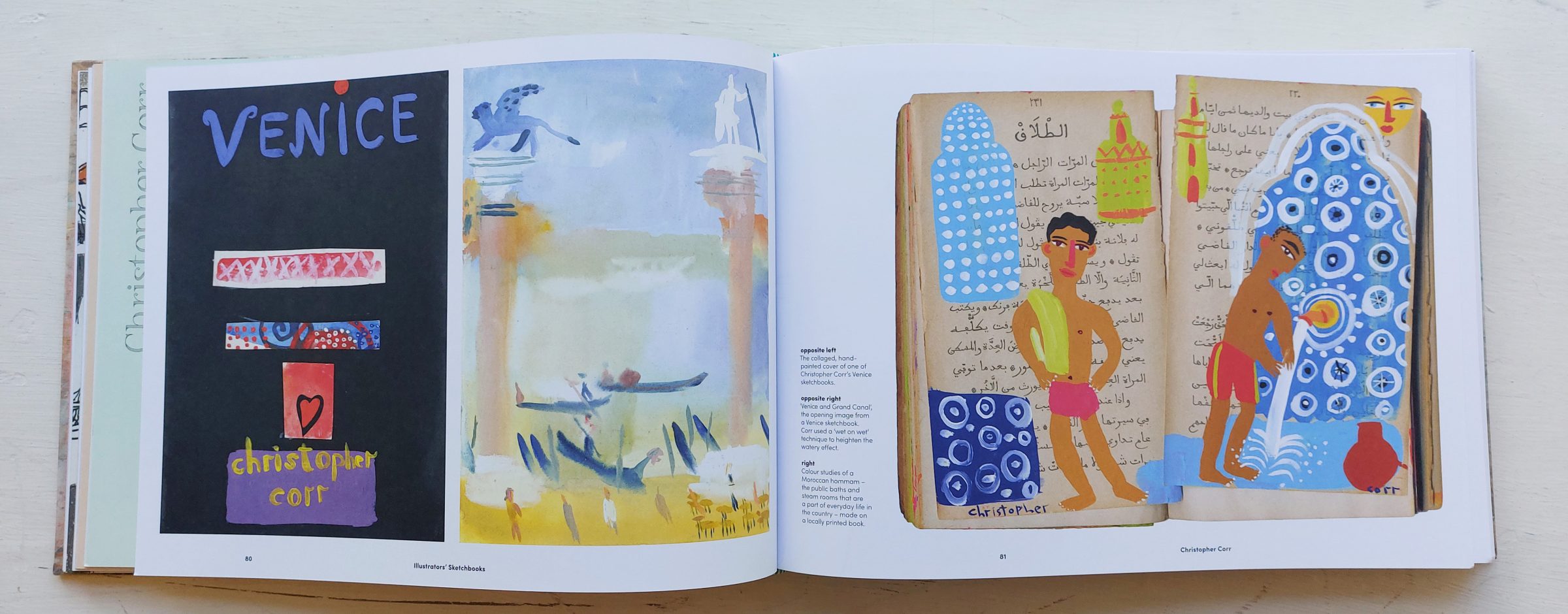
The book includes sixty international illustrators, with the focus not solely on contemporary illustrators, but reaching back to some renowned illustrators from the recent and further past, giving a wide overview of how the sketchbook has been utilised by illustrators for many years. Percy Drake Brooksham sketches off duty soldiers during the Second World War, Beatrix Potter observes the Lake District in the 1900s while Thomas Berwick creates preparatory drawings for engravings in the late 1700s.
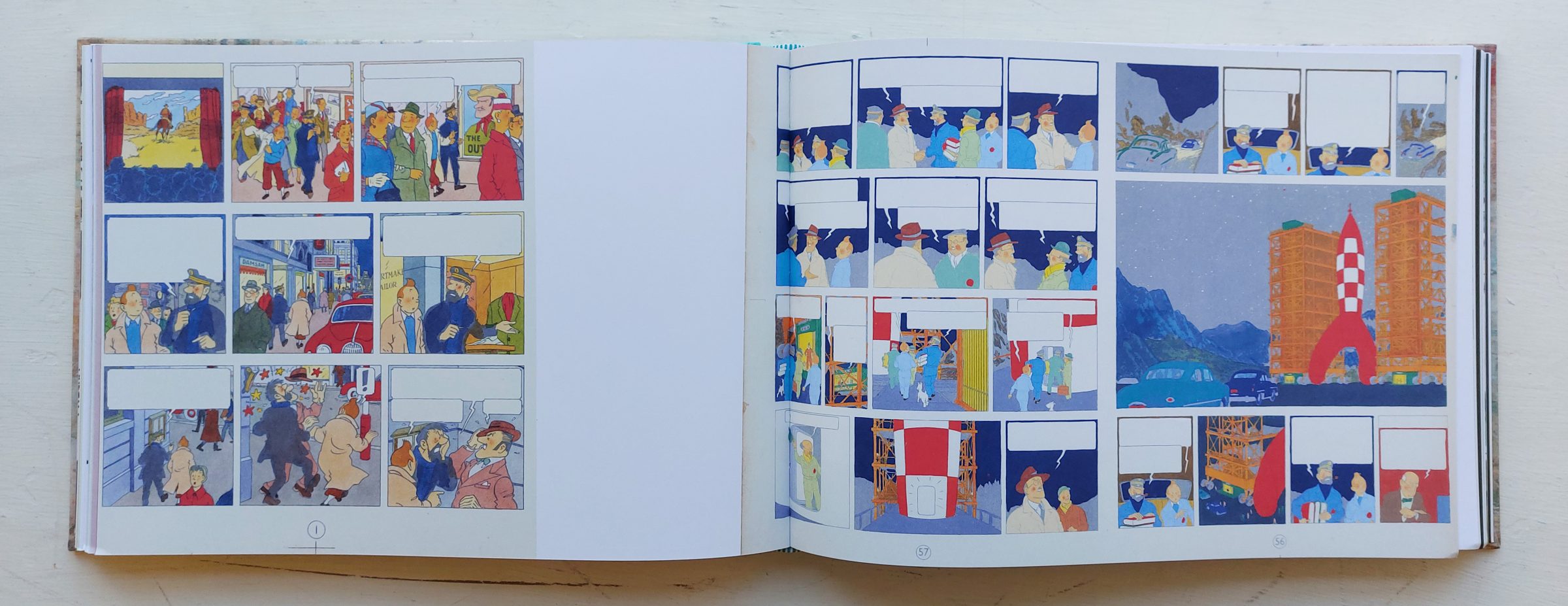
These representational sketchbooks contrast with the huge range of other sketchbook applications – from Herge’s tight Tintin drawings and Peng Wu’s colourful characters (‘The sketchbook is my best friend’), compositional try outs for books from Manuel Marsol to Ana Sender’s drawings helping her ‘escape from reality for a while’.
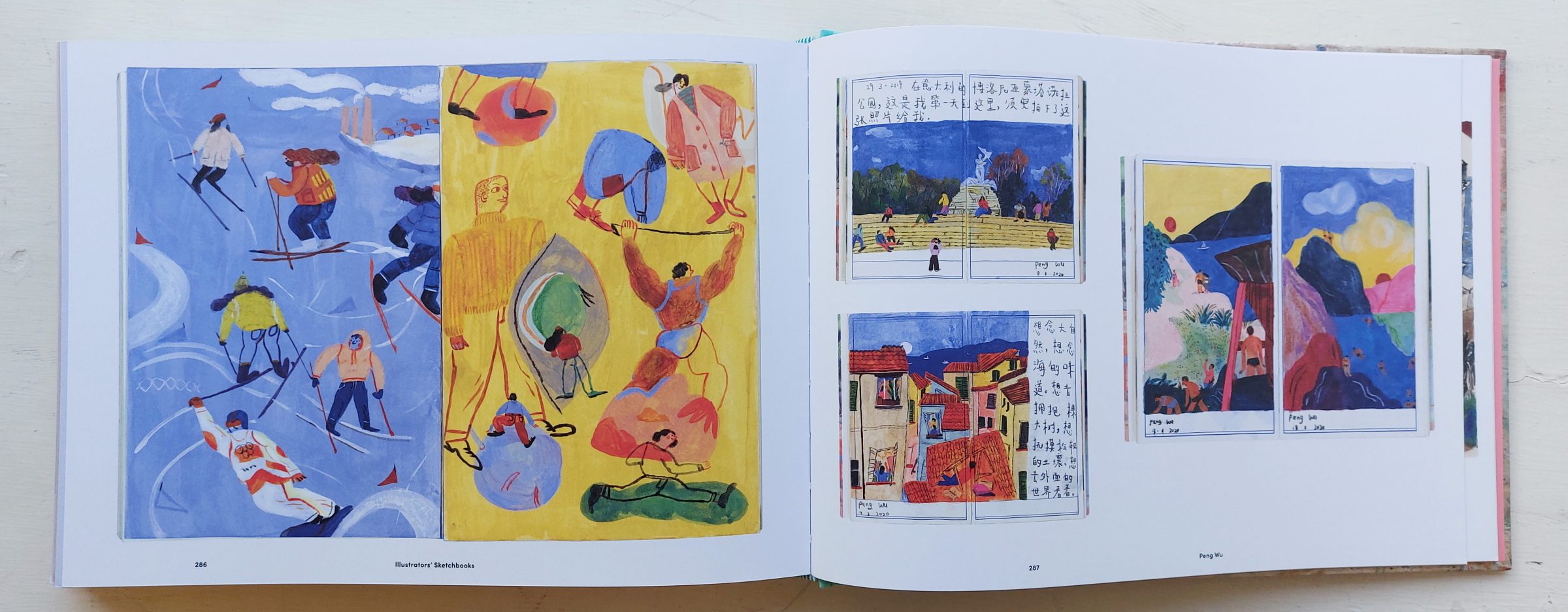
Not every artist keeps a sketchbook, or they may find that drawing in one is a habit returned to now and then. But there’s no doubt that however they are used or how often they are opened up, they can become a fertile space for exploring ideas or depicting what the artist is observing in their own unique way.
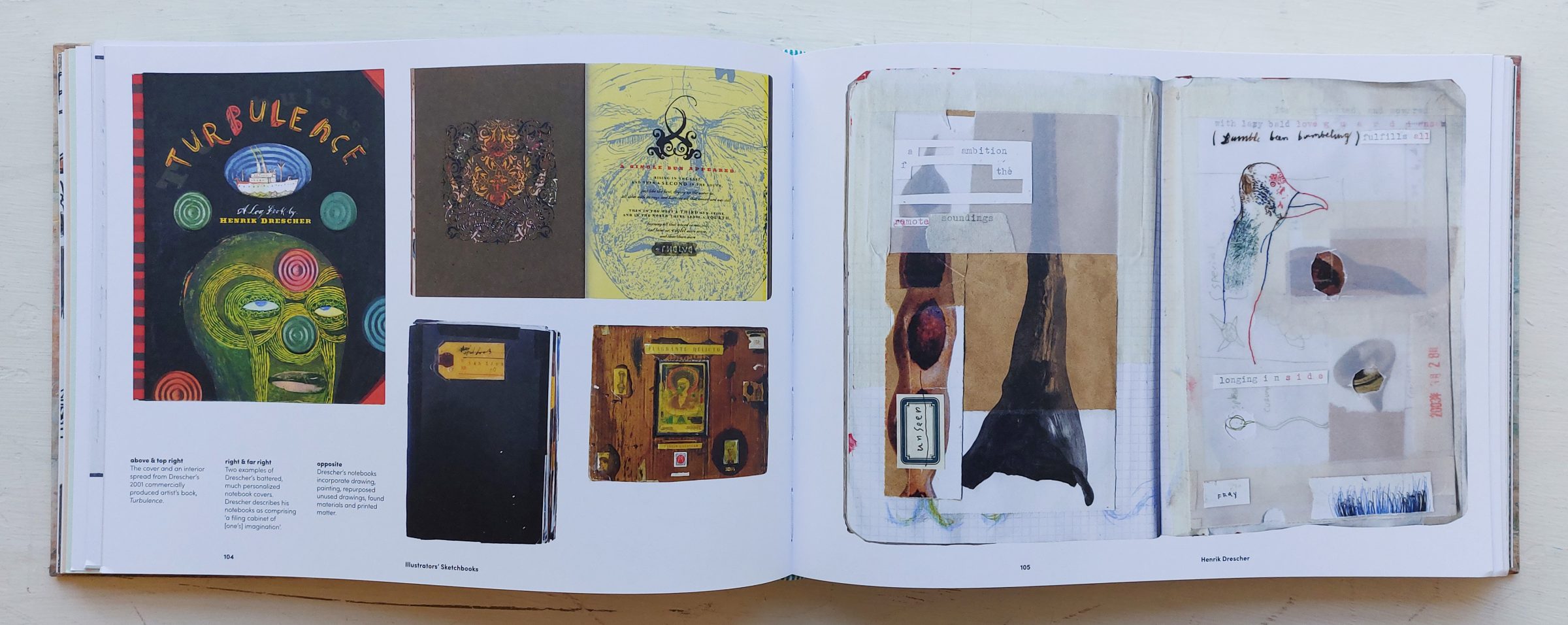
Sketchbooks are often used as starting points for picture books or illustration commissions, and Shaun Tan in particular articulates how they fit into his process, “No single line or word feels like a commitment; it’s all just a quiet little test, almost a whisper that, if any good, I can amplify or translate later.”
In terms of materials, the assumption that a sketchbook needs to be made of paper is challenged by Victoria Tentler-Krylov, who celebrates using an iPad as the end of clumsily knocking over her water jar! Although many users may think that unless it’s physical, a sketchbook may not hold the tangible memories that feel absorbed in the paper.
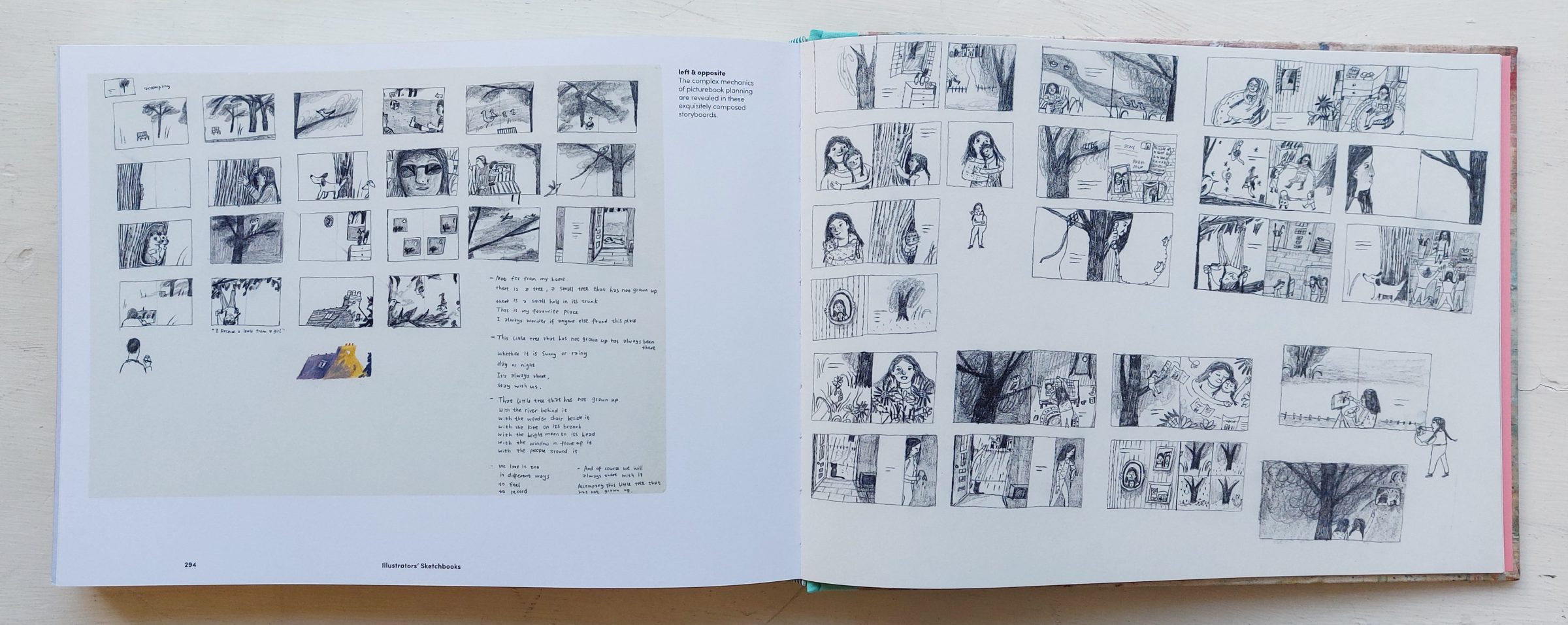
Many of the illustrators describe that familiar feeling of being back in the observed moment when looking back at drawings done in situ. “I am grasping the core of what interests me by observing over a period of time, say one or two hours”, comments Chloe Cheese, “Photographs taken as reference cannot do this as they contain too much extraneous information”.
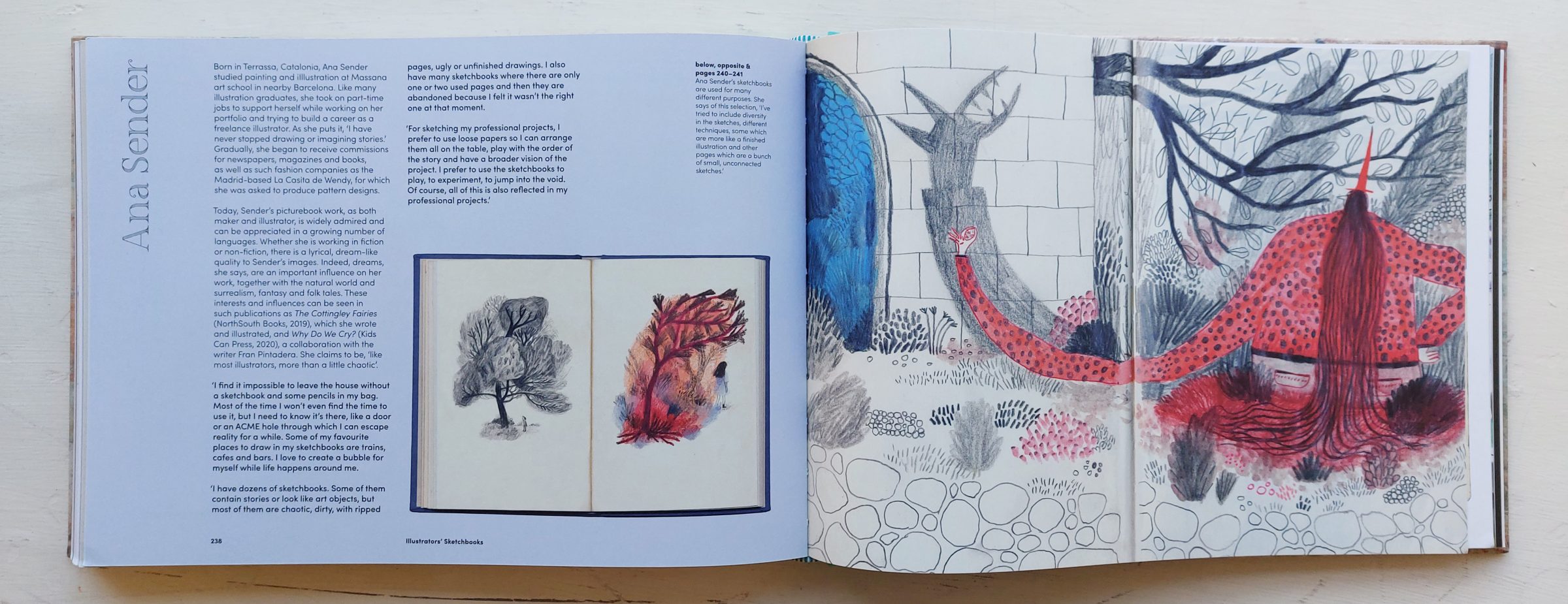
As you’d expect, many of the drawings and paintings done in the featured sketchbooks look fantastic, and on several occasions I could hear myself thinking, ‘what a shame the sketchbook’s spine is across the middle of this piece’. But of course, that’s not the point of such images. The freedom not to create a perfect image for anyone else to see is one of the sketchbook’s pleasures.
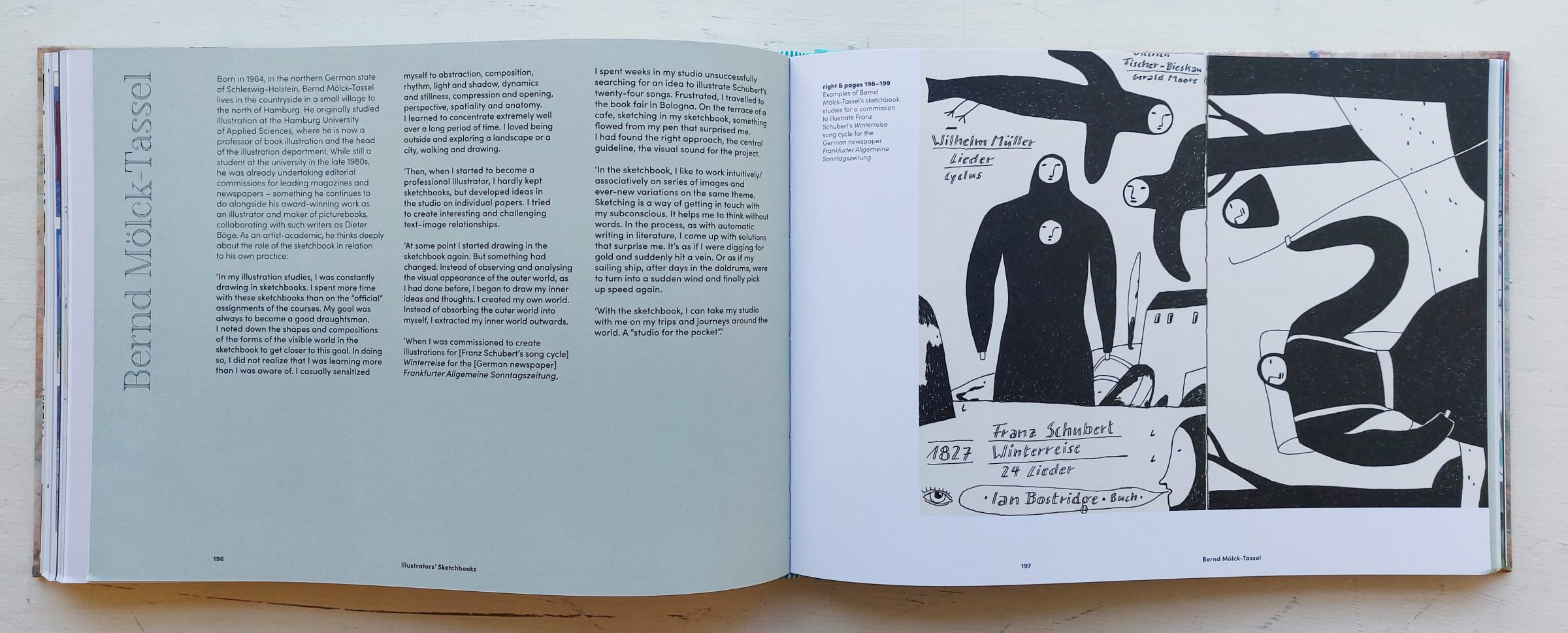
[ad_2]
Source link


